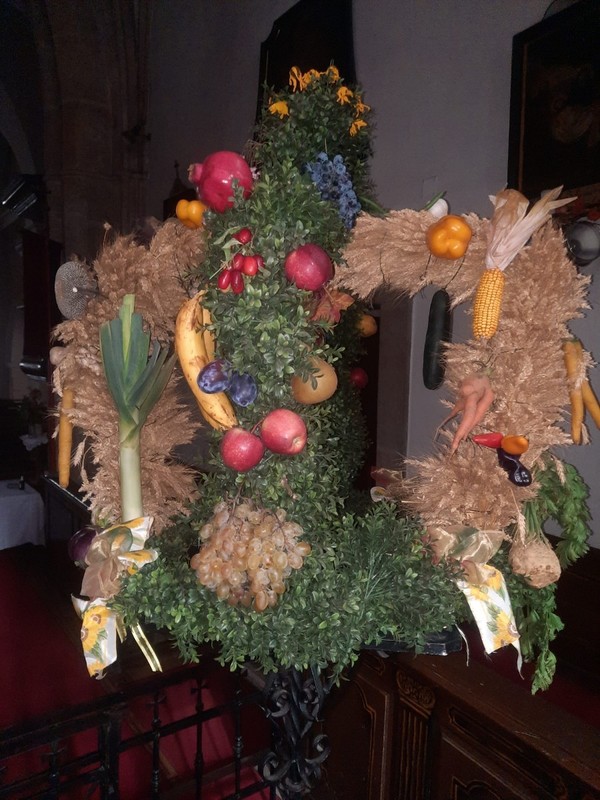
니더외스터라이히주의 추수감사절
[아츠앤컬쳐] 추석과 마찬가지로 유럽에도 추수감사절이 있다. 오스트리아의 추수감사절은 보통 9월이나 10월에 열린다. 도시에서는 주로 10월 첫 번째 일요일에, 시골에서는 지역과 장소에 따라 9월 말 또는 그 이전에 열리기도 한다.
추수감사절(또는 추수 축제라고도 함)은 가을 추수 이후 기독교 신자들이 수확의 선물에 대해 하나님께 감사를 표하는 전통적인 축하 행사로, 3세기부터 기록되어 왔다. 기독교 이전 시대에도 비슷한 축제와 관습이 다른 나라에도 존재했다.
이 축제는 보통 9월 말에서 10월 말 사이에 교구마다 각기 다른 시점에 시작되었는데, 일요일에 교회 예배의 일부로 행렬과 축하 행사가 이어졌다. 축제의 목적은 풍성한 수확에 대한 감사를 표시할 뿐만 아니라 충분한 식량을 확보하는 것이 인간의 손에만 달려 있는 것이 아니라는 점을 사람들에게 상기시키는 것이었다.
추수감사절의 전통은 18세기 농촌 노동생활의 세속적인 풍습에서 기원한다고 볼 수 있는데, 추수를 마친 후 하인들이 곡식을 엮어 만든 화환을 농부들에게 선물하고 연회를 베풀어왔다.
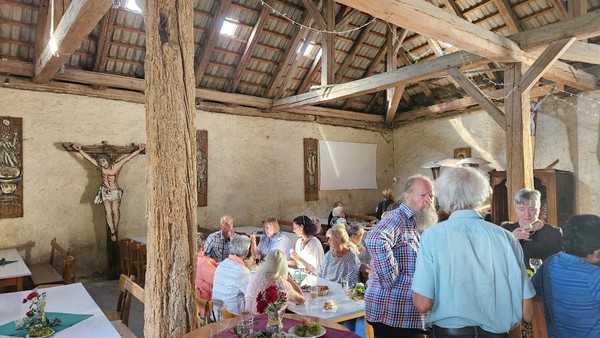
지역 관습
솜씨있게 디자인된 4개 또는 6개의 아치형 추수 화관과 추수 제물, 빵, 계란, 밭과 정원 작물이 행렬 중에 전시되어 교회로 운반되고 축복을 받는다. 퍼레이드에는 종종 음악가가 동행하지만, 전통 의상을 입은 단체, 농부 및 사냥꾼과 함께 유치원 어린이와 어린 학생들도 참여합니다. 일부 지역 사회에서는 아침에 파인트(맥주잔)로 시작하는 큰 축하 행사로 추수감사절을 개최하기도 한다. 참석자들은 모두 바구니를 들고 추수의 축복을 기원한다. 축복된 추수 제물은 지역사회의 어려운 이웃, 노숙자, 자선단체에 기부된다. 추수감사절에는 많은 교회가 농작물로 예술적으로 장식되고, 쓸쓸한 가을과는 대조적으로 많은 집들이 다시 한번 화려한 꽃으로 꾸며진다.
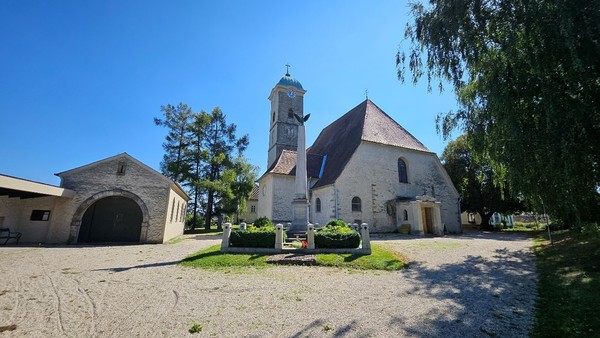
추수감사절은 언제인가?
추수감사절은 주로 기독교 교회에서 열리는 전통 농업 명절 중 하나다. 9월 마지막 일요일이나 10월 첫째 일요일에 교회 예배와 퍼레이드로 축하한다. 가톨릭 주교회는 날짜를 10월 첫째 일요일로 정하고, 개신교는 9월 29일(대천사 미카엘 축일) 다음 주 일요일을 추수감사절로 정하고 있다. 올해 추수감사절은 두 교회 모두 2023년 10월 1일로 추석과 비슷한 날이다. 하지만, 추석과 달리 추수감사절 축하 행사는 오로지 수확과 가난한 사람들에 대한 기부에만 관련되어 있다. 전통적으로 조상을 기리는 날은 11월 1일이다.
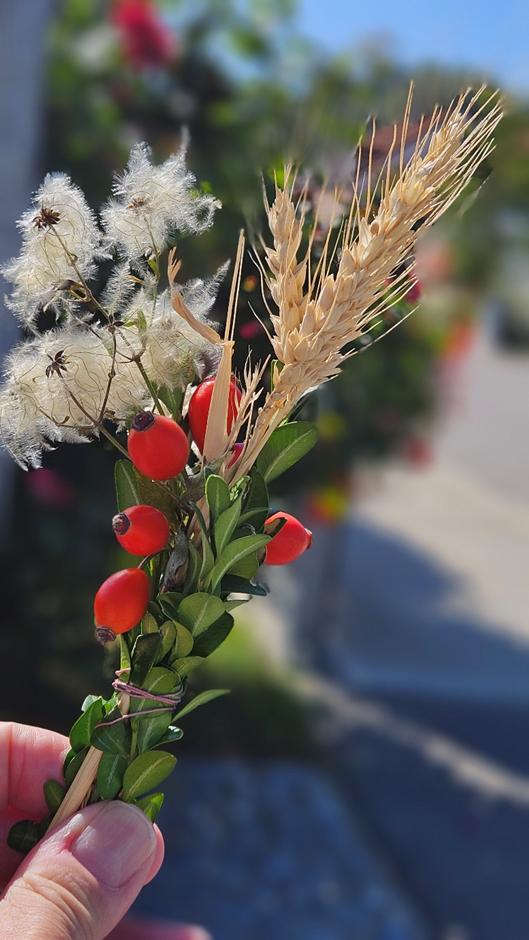
Thanksgiving in Lower Austria
Similar to Chusok is the Thanksgiving celebration in Europe. Thanksgiving in Austria takes place either in September or October: in urban areas preferably on the first Sunday in October, in rural areas at the end of September or earlier, depending on the region and location.
Thanksgiving (or also known as the harvest festival) is a traditional celebration of Christians after the autumn harvest to show thanks to God for the gifts of the harvest and has been documented since the 3rd century. Similar festivals and customs existed in other countries even in pre-Christian times.
It began at different times in the parishes, usually between the end of September and the end of October on a Sunday as part of the church service followed by a procession and celebration. The aim is not only to show gratitude of a successful harvest, but also to remind people that it is not only in the hands of humans to have enough food.
The tradition of the harvest festival can be traced back to a secular custom of rural working life from the 18th century, in which the servants presented the farmers with a wreath made of woven grain after the harvest was completed and were then served a feast.
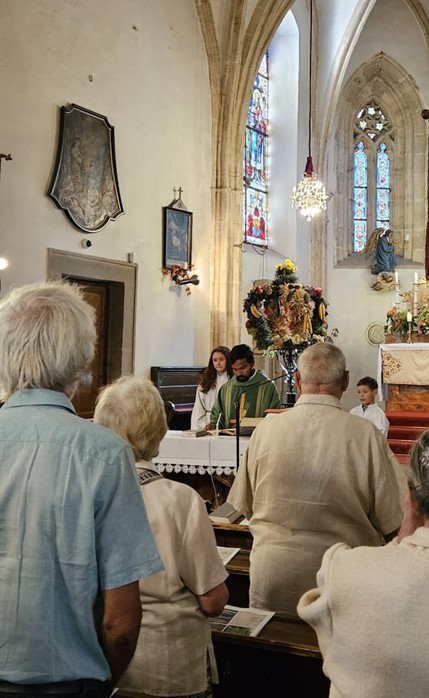
REGIONAL CUSTOMS
Artfully designed four- or six-arched harvest crowns as well as harvest offerings, bread, eggs, field and garden crops are displayed during the procession, carried to the church and blessed. The parade is often accompanied by musicians, but kindergarten children and school children also take part, as do altar boys, groups in traditional costumes and farmers and hunters. Some communities organize Thanksgiving as a big celebration that starts with the morning pint. All participants bring baskets and ask for the blessing of the harvest. The blessed harvest offerings are donated to those in need in the community, the homeless or charitable associations. On Thanksgiving Day, many churches are artfully decorated with crops and, in contrast to the dreary autumn, many houses are once again decorated with colorful flowers.
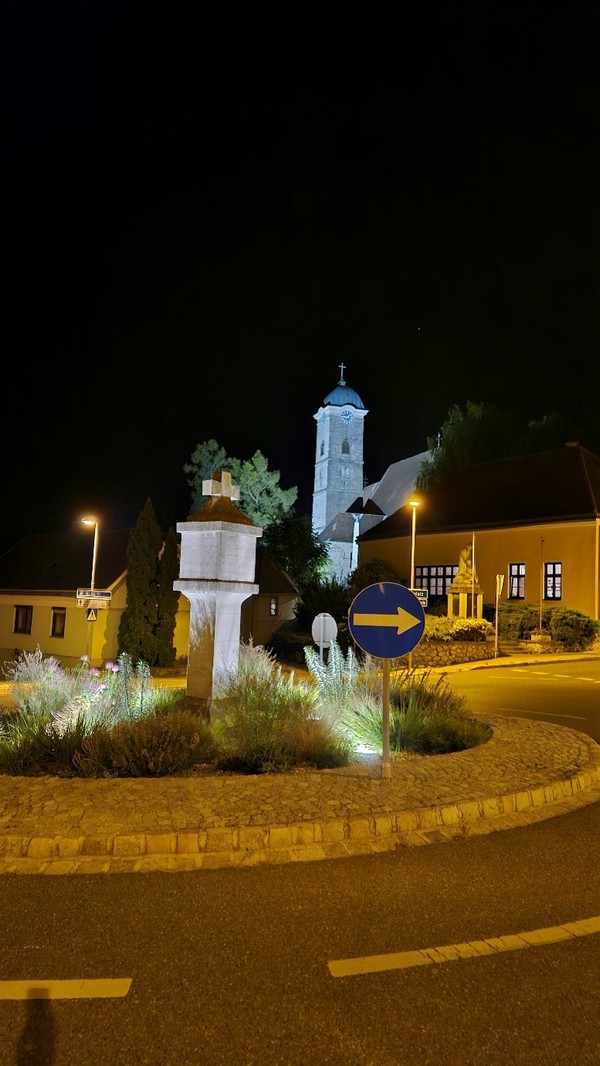
When is Thanksgiving?
Thanksgiving is one of the major traditional farming holidays of both major Christian churches. It is celebrated on the last Sunday in September or the first Sunday in October with church services and processions. The Catholic Bishops' Conference has set the date for the first Sunday in October. In the Protestant Church, the Sunday after Michael's Day on September 29th (Feast of the Archangel Michael) has become established as the harvest festival day. This year the day falls on October 1, 2023 for both churches and similar to Chusok in Korea. The mayor differences between Chusok and Thanksgiving is, that the celebration fir Thanksgiving is only related with harvest and donations to the poor. At 1st of November traditionally will be remembered the ancestors.
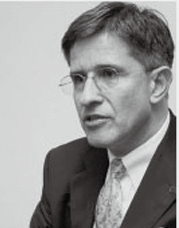
글 | 볼프강 슬라빈스키 Wolfgang Slawinski
서울명예시민
한·오스트리아협회 부회장

